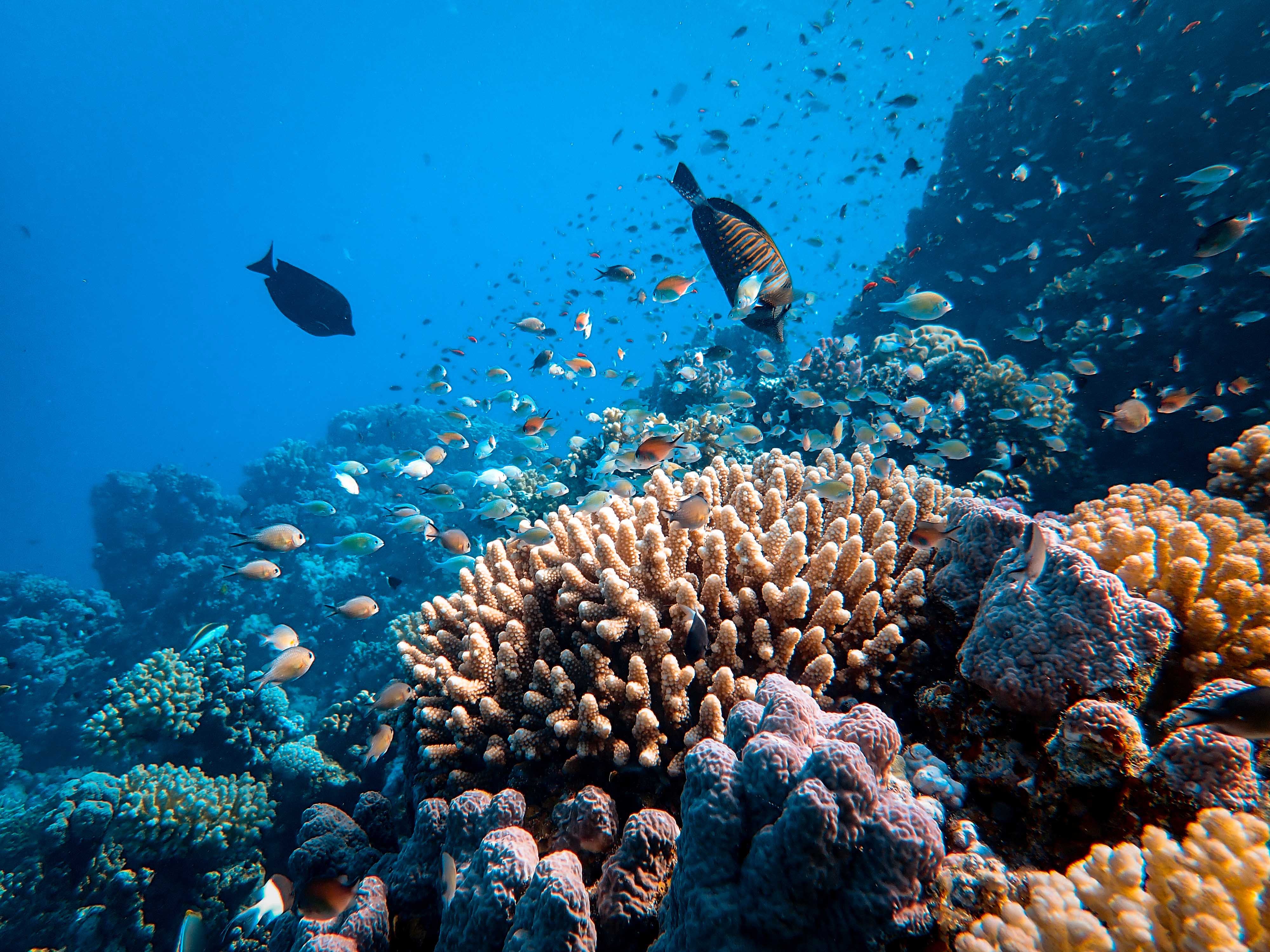Expert Reaction
These comments have been collated by the Science Media Centre to provide a variety of expert perspectives on this issue. Feel free to use these quotes in your stories. Views expressed are the personal opinions of the experts named. They do not represent the views of the SMC or any other organisation unless specifically stated.
Dr Zoe Richards is Leader of the Coral Conservation and Research Group at Curtin University
Recent history is repeating itself on Australia's coral reefs. Observations that the fourth mass coral bleaching event in 6 years is underway during more benign La Nina conditions is terrible news for marine life. This latest bleaching event whether it turns out to be mild or severe, represents yet another set-back in reef recovery and is likely to lead to further erosion of the health, productivity, and diversity of the Great Barrier Reef.
Dr Kathy Townsend is an Associate Professor in Marine Science at University of the Sunshine Coast (USC)
This announcement verifies that the frequency and intensity of bleaching events are dramatically increasing. Instead of once every 10 years we are now seeing mass bleaching events every 2 years. This increase in frequency decreases the ability of the coral community to bounce back, making die-off much more likely. The most concerning part of this year’s bleaching event is that it occurred during a La Niña event. La Niña traditionally brings rain and cooler temperatures to the Great Barrier Reef, providing a much needed relief from hot summer conditions. While Queensland and NSW definitely experienced the rain, it was not backed up by cooler conditions. We now have a situation where the reef will be exposed to multiple stressors, not just the heat but also the increased nutrient and sediment load caused by the floods. This year will really be testing the resilience of the corals of the GBR.
Professor Jodie Rummer leads her research group in Marine Biology within the College of Science and Engineering at James Cook University in Townsville, Australia
The Great Barrier Reef is, indeed, in the midst of its sixth devastating mass coral bleaching event since the late 1990s, which would be the fourth since 2016. There is no longer any doubt – these events have been driven by climate change. We knew in the 1990s that we were rapidly barrelling toward surpassing that critical threshold of 1.5°C of warming; yet, we have failed to act with the urgency and at the scale necessary to mitigate irreversible, catastrophic damage for coral reefs and the organisms, including the humans, that depend on them.
Now, today, every moment, every action, and every increment of a degree are critical to the future of biodiversity. Climate change is accelerating, and our response to cut greenhouse gas emissions in this critical decade should match this scale and urgency; otherwise, the reef will face more severe marine heatwaves, more often, and without time to recover, making mass bleaching events, like this one, annual occurrences from 2044 onward. To give the Great Barrier Reef its best chance at survival, we must emphasise and work together at rapidly replacing climate polluting coal, oil, and gas with clean energy and aiming for net zero by 2035.



 Australia; QLD; WA
Australia; QLD; WA


